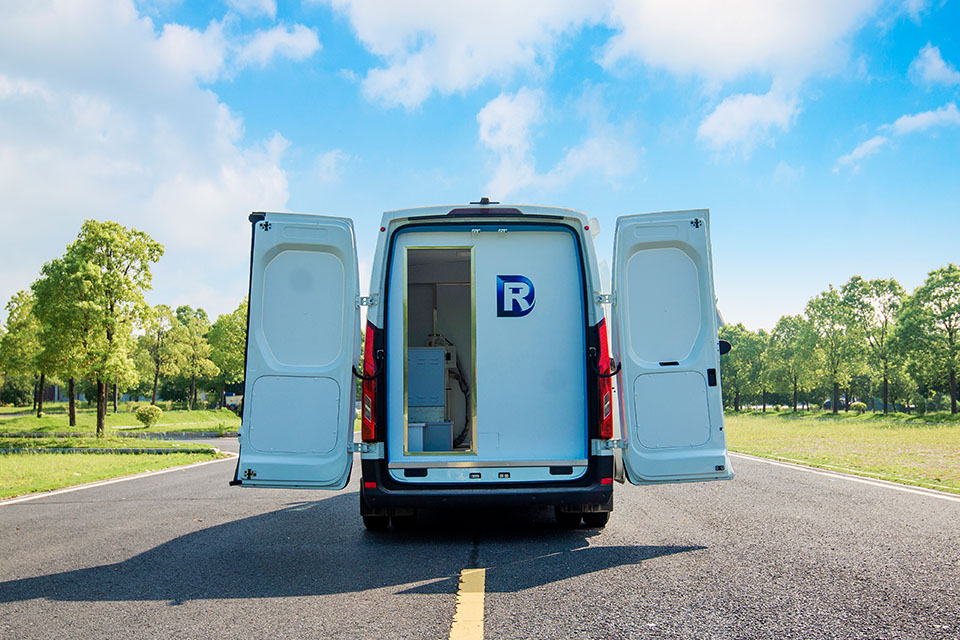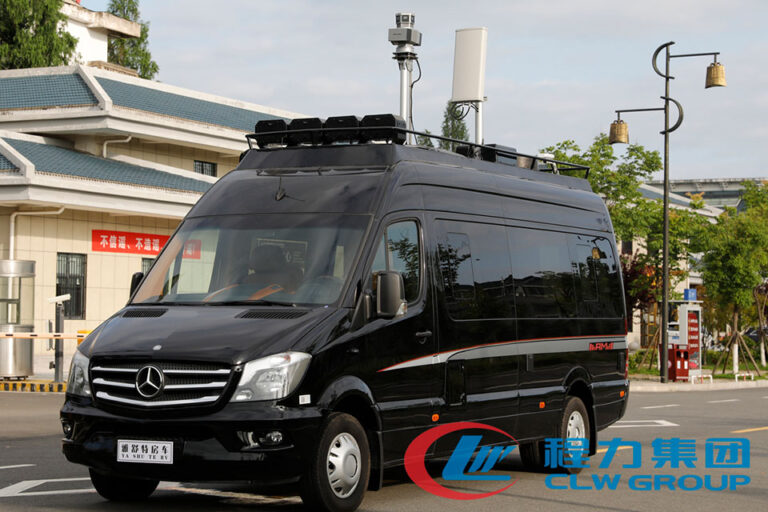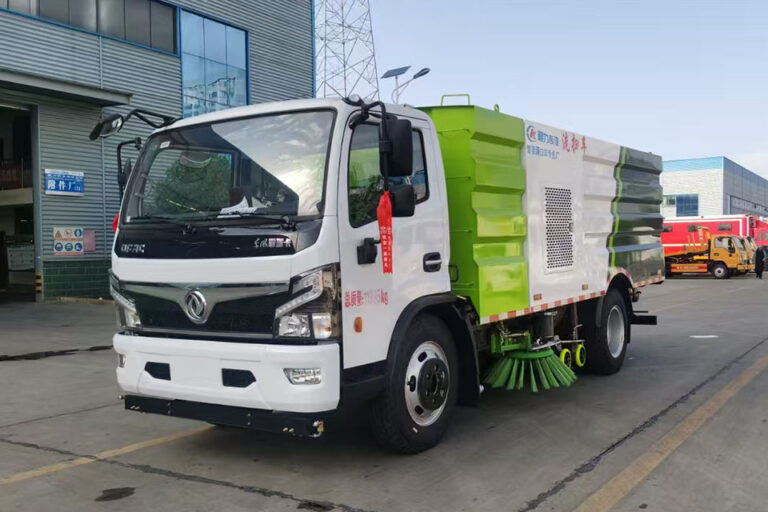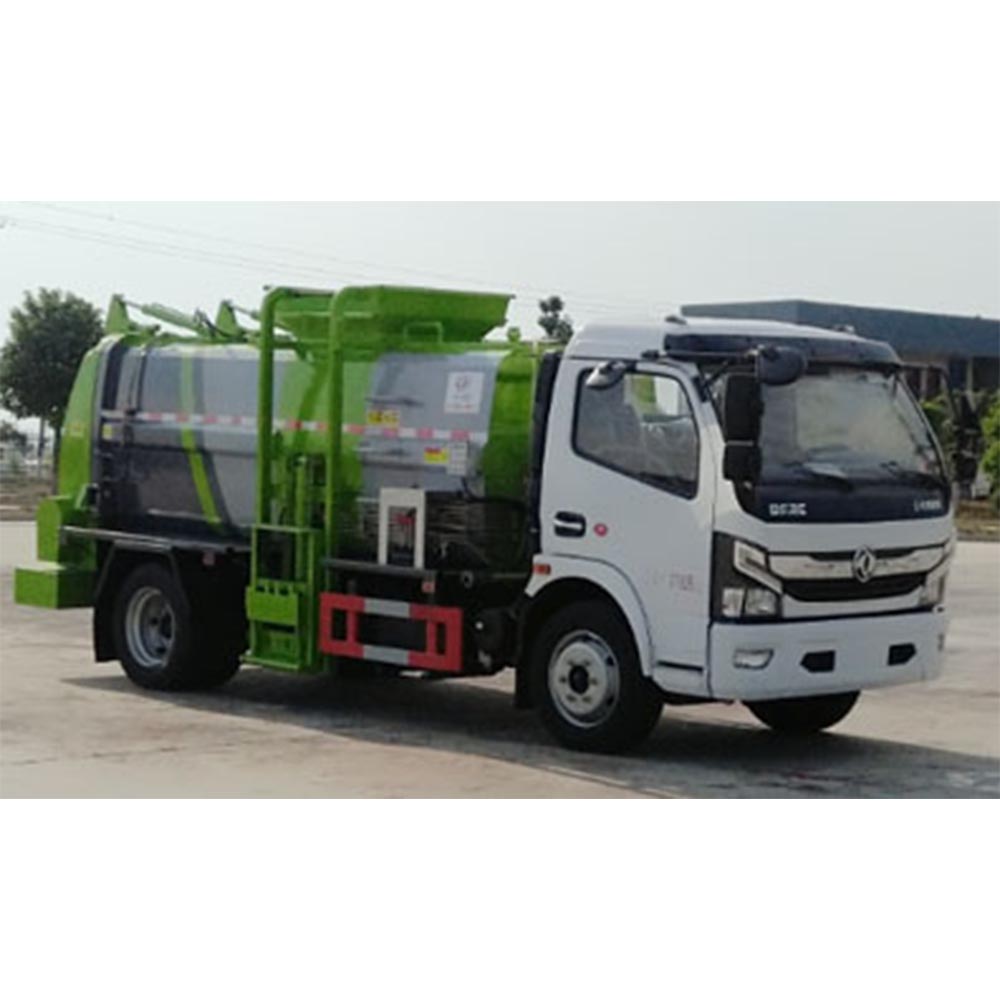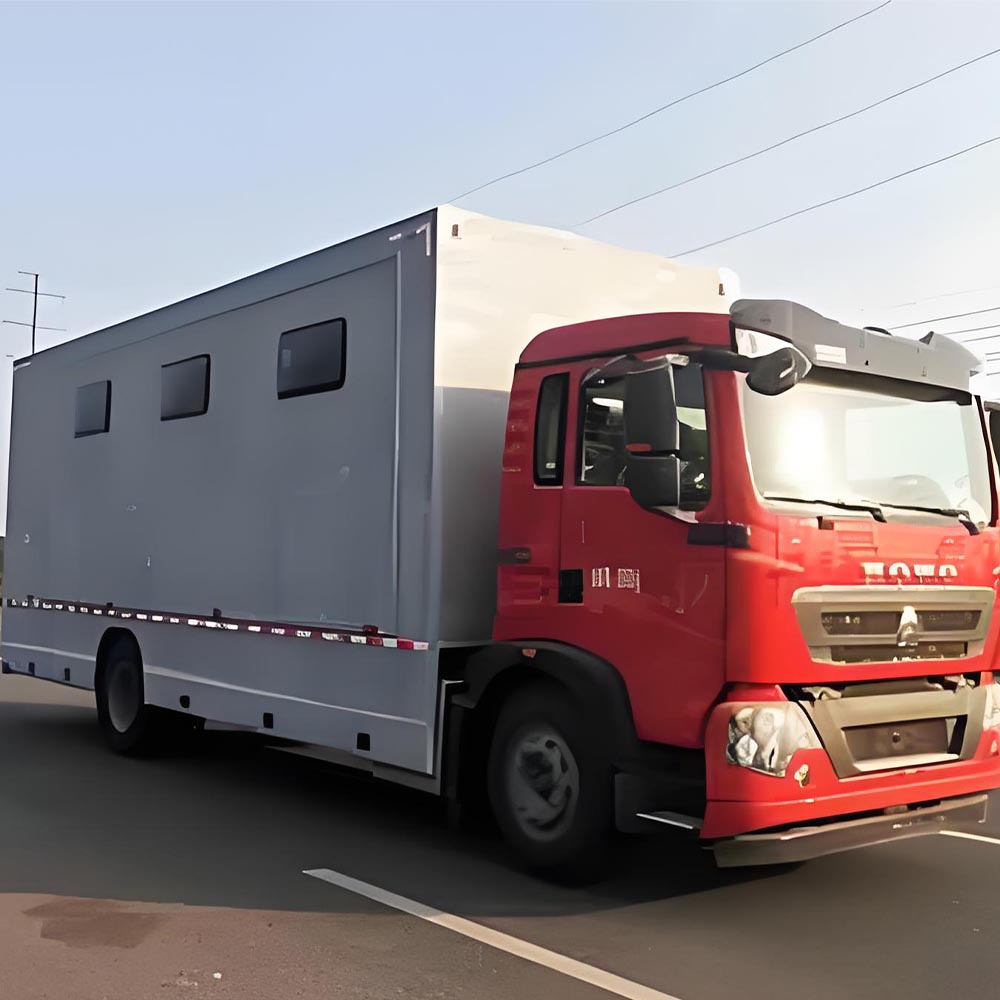-
Chengli Automobile Industry Park
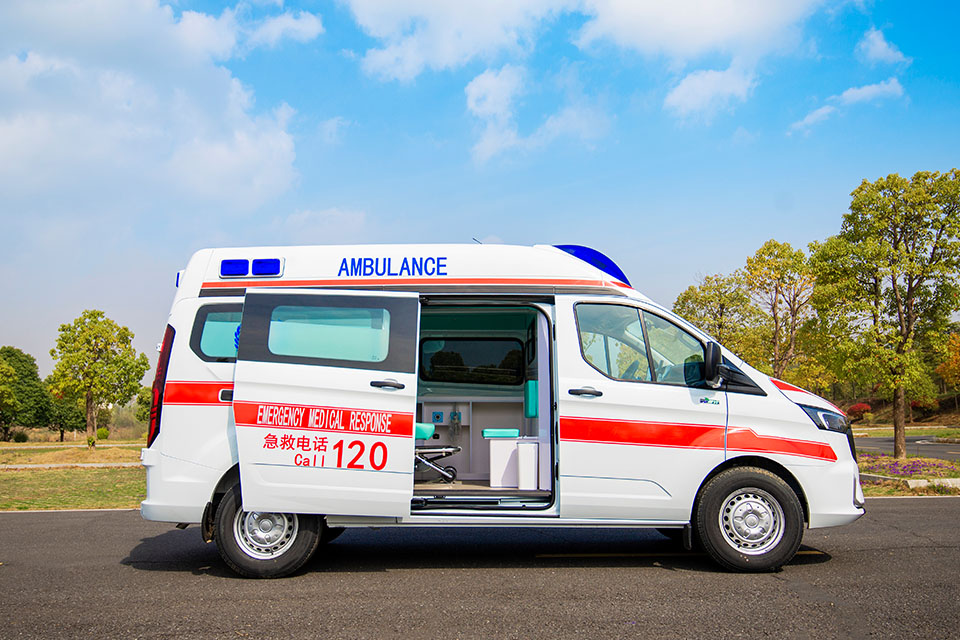
Motorized ambulances ww1
First World War Motorized Ambulances: The Big Change in Battle Care
In World War 1, a big change came to how hurt soldiers got help. Motorized ambulances were new. They helped save many lives. This is the story of these special trucks and how they helped in the war.
Table of Contents
What Were Motorized Ambulances?
Motorized ambulances were cars with engines that could take hurt soldiers to get help. Before these cars, hurt soldiers rode in wagons pulled by horses. The new cars were faster and could go more places.
The first modern ambulance corps started in October 1914. A man named Richard Norton made it. His group was called the American Volunteer Motor Ambulance Corps. They worked with the Red Cross. This team changed how hurt people got help in the war.
Types of Motorized Ambulances in World War 1
There were two main types of ambulances in the war:
- Car ambulances – like the Ford Model T
- Motorcycle ambulances – small but fast
Ford Model T Ambulances
The Ford Model T was a very important ambulance in the war. Workers used big boxes to build the ambulance body. They added a canvas top. These cars took hurt soldiers to a hospital in Paris in 1914.
One American soldier who drove these said the Model T was a “mechanical marvel of the war.”
Motorcycle Ambulances
Motorcycle ambulances were good at some things and not good at others:
Good Things About Motorcycle Ambulances:
- They could move fast
- They could go on small, muddy roads
- They could go where big ambulances could not
Not So Good Things:
- They could only take one hurt person at a time
- The ride was very bumpy
- It could be bad for people with very bad injuries
How Many Ambulances Were There?
Let’s look at some numbers about ambulances in World War 1:
| Type of Information | Facts and Numbers | More Details |
|---|---|---|
| Size of Teams | The US Army had 1 ambulance and 6 helper trucks | This was what teams in Europe had in 1917 |
| How Many Were Used | The British Red Cross had more than 300 ambulances by 1915 | They helped on about 80% of the western front |
| Lives Saved | Death rates went down by 37% with motor ambulances | Compared to horse wagons in 1914 |
| How Many People Helped | More than 2,500 volunteers drove ambulances | Some were famous writers like Ernest Hemingway |
| Women Drivers | Women were 15% of all drivers | The Women’s Motor Corps ran more than 500 ambulances ] |
How Ambulances Helped in Big Battles
In the Battle of Verdun (1916), motorized ambulances helped move 180,000 hurt soldiers. They could move about 1,200 people each day.
The most ambulance trips in one day was 368. The US Army’s 12th Field Ambulance Team did this with just three Ford Model T cars.
Problems With Early Ambulances
These first ambulances had some problems:
- They broke down a lot – about 2 times every 100 miles
- They had hard tires that made the ride very bumpy
- This bumpy ride could hurt wounded soldiers more – about 22% got worse during the ride
The People Who Drove Ambulances
Many different people drove ambulances in World War 1:
- Volunteers from America
- People from the American Red Cross
- The Women’s Motor Corps of America
- Writers and artists who later wrote books about what they saw
Both men and women drove ambulances. Some drove motor cars. Others drove horse wagons.
Why Motorized Ambulances Were Important
Before motor ambulances, hurt soldiers might wait a very long time for help. Sometimes they waited days. With motor ambulances, help came faster. This meant more soldiers lived.
In one day, a team of ambulances could move up to 3,200 hurt people. This was much more than horse wagons could do.
The Medical Emergency Transport systems we have today started with these early ambulances. Modern Ambulance Transport Solutions still use ideas that began in World War 1.
How Ambulances Changed After the War
After the war ended, ambulances kept getting better:
- By 1920, about 70% of US hospitals used ambulances based on military designs
- Britain made the first national ambulance training program in 1919
Today’s Battery-Powered Ambulance Truck shows how far we’ve come since those first Model T ambulances.
Conclusion
Motorized ambulances in World War 1 changed how we help hurt people forever. They were faster than horse wagons. They could go more places. They saved many lives.
The brave men and women who drove these ambulances helped make the care of hurt soldiers better. Their work still helps us today with our modern Emergency Medical Services.
The next time you see an ambulance, remember it started with those first cars in World War 1.
